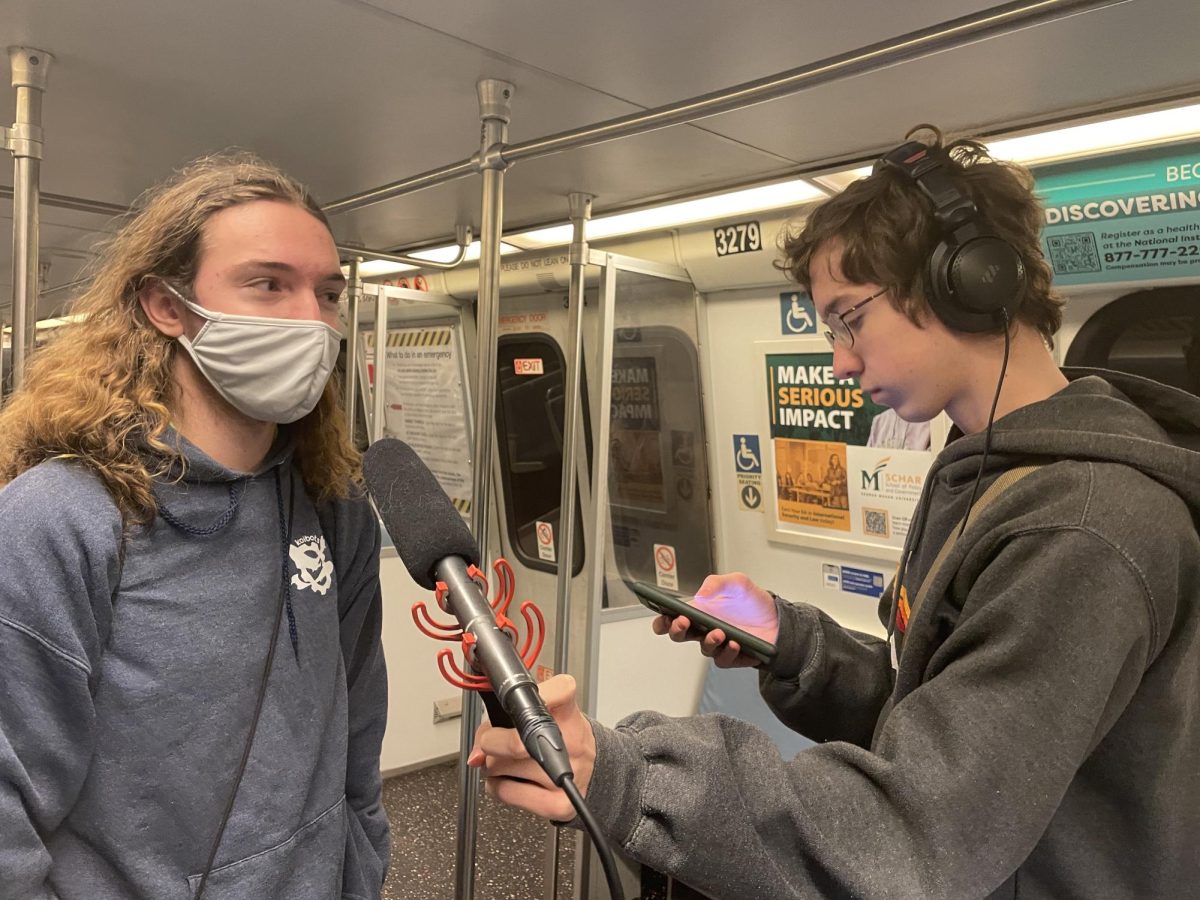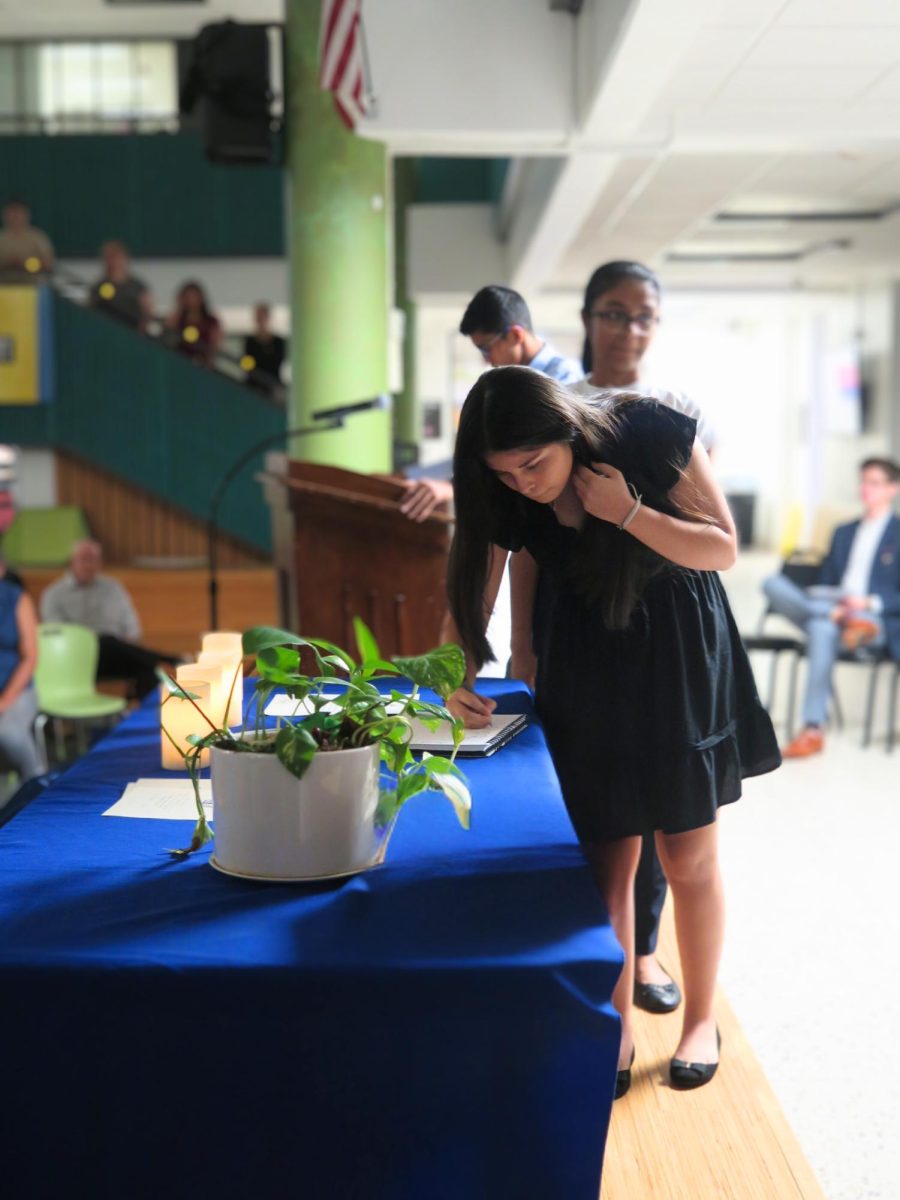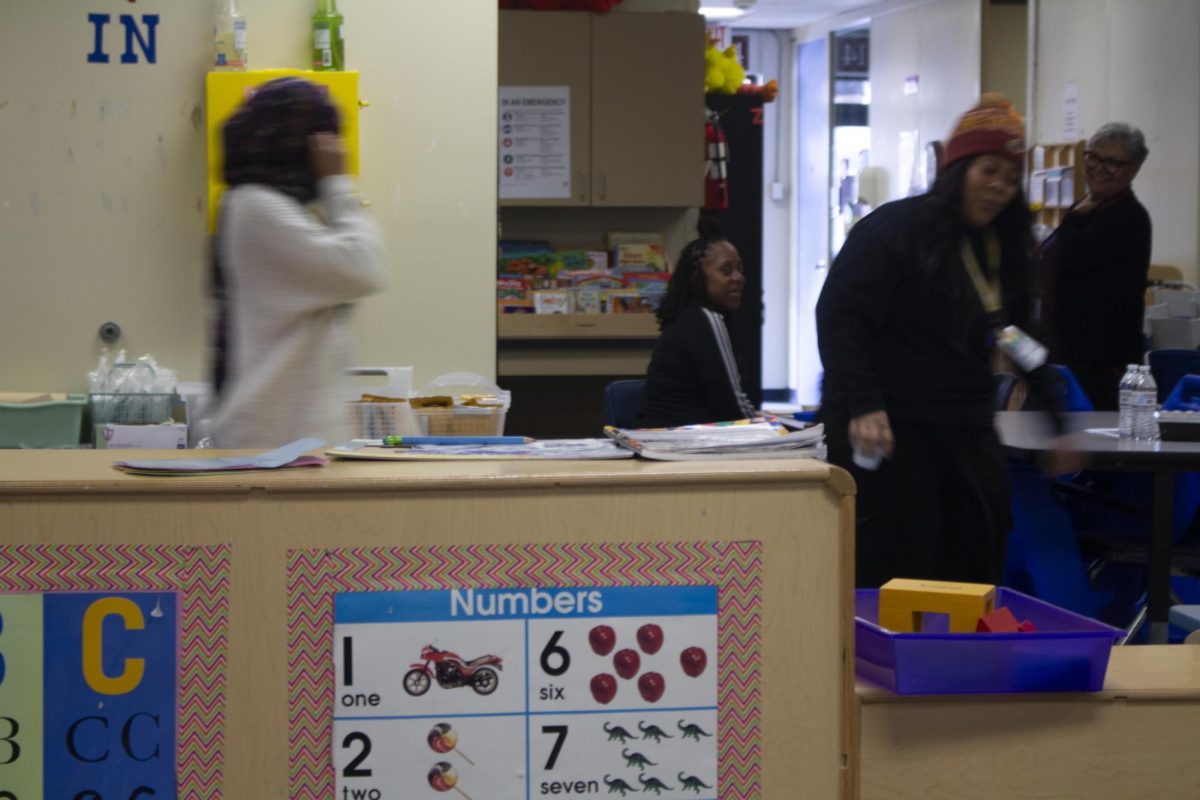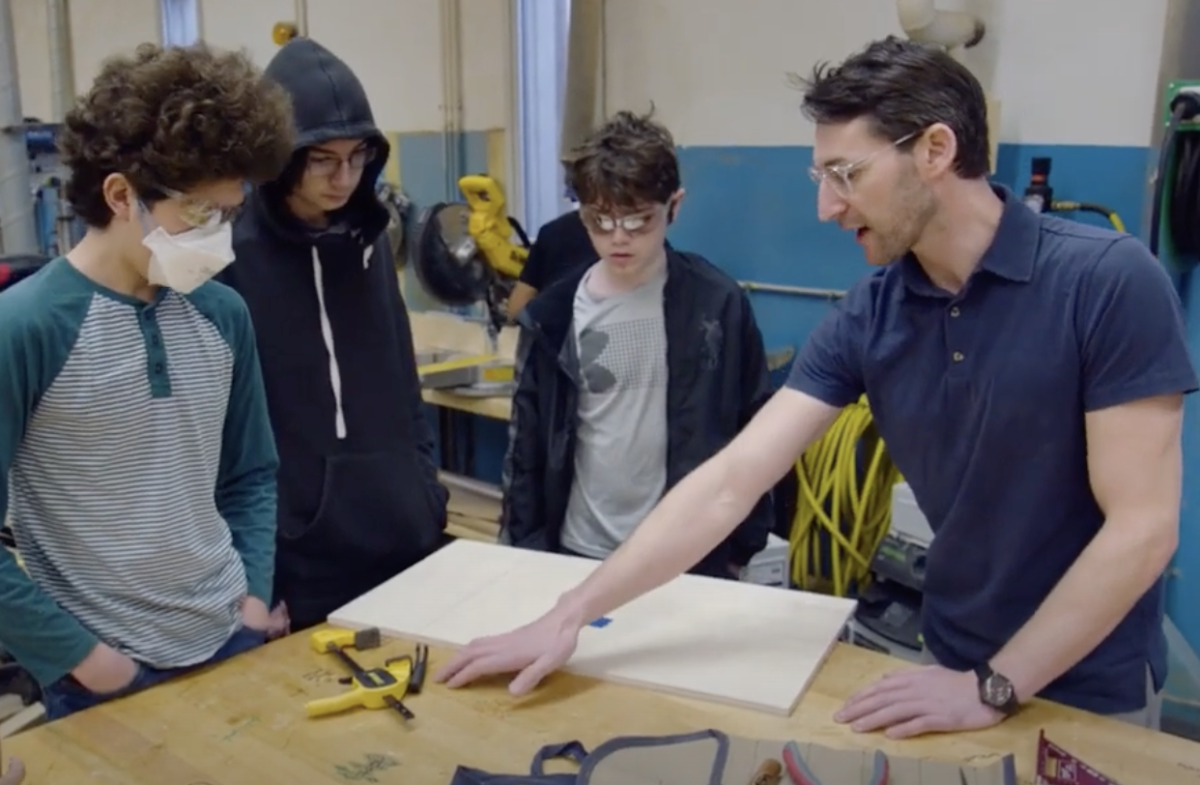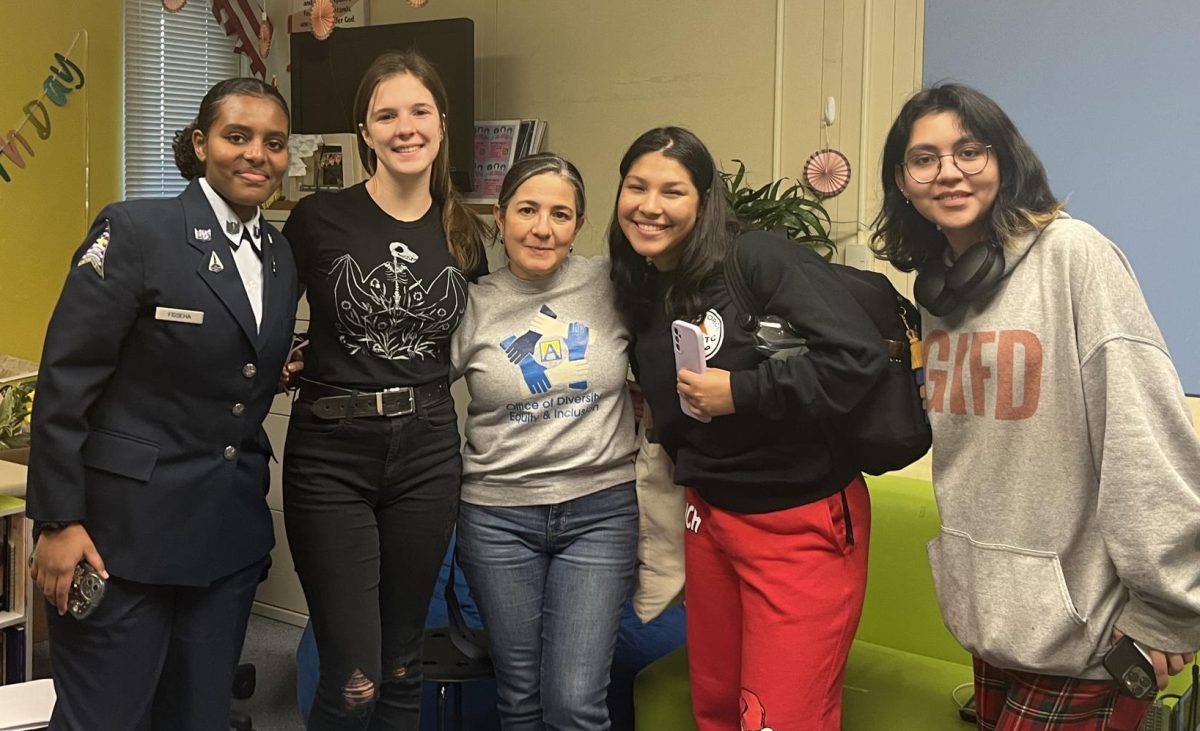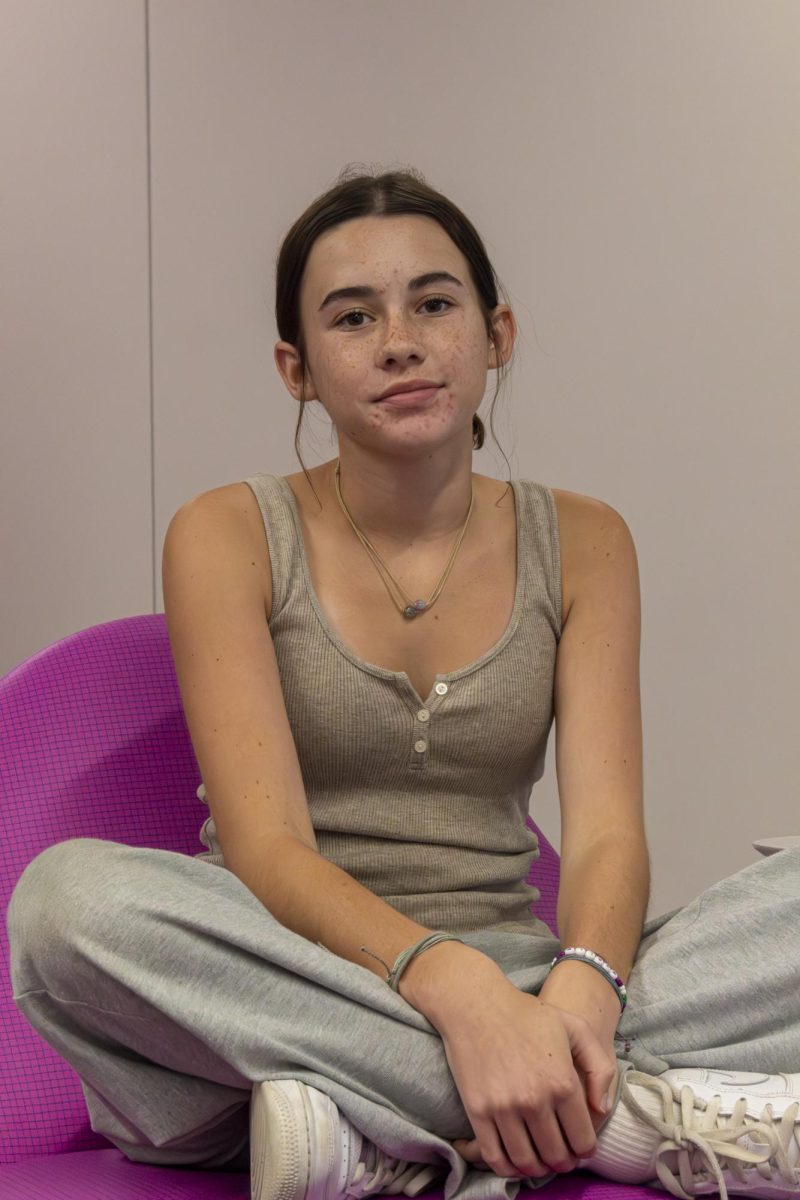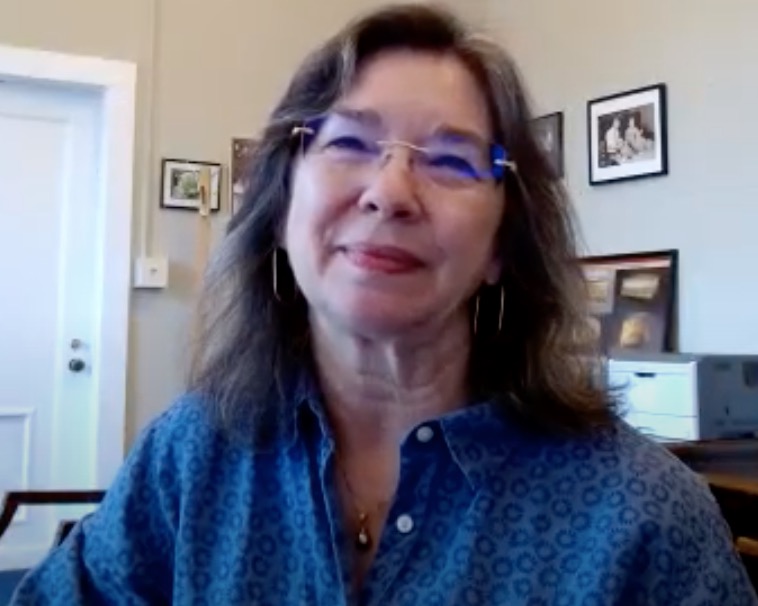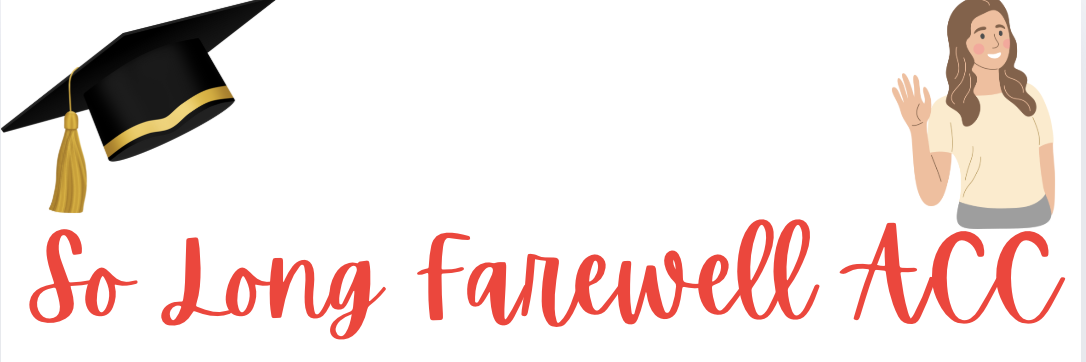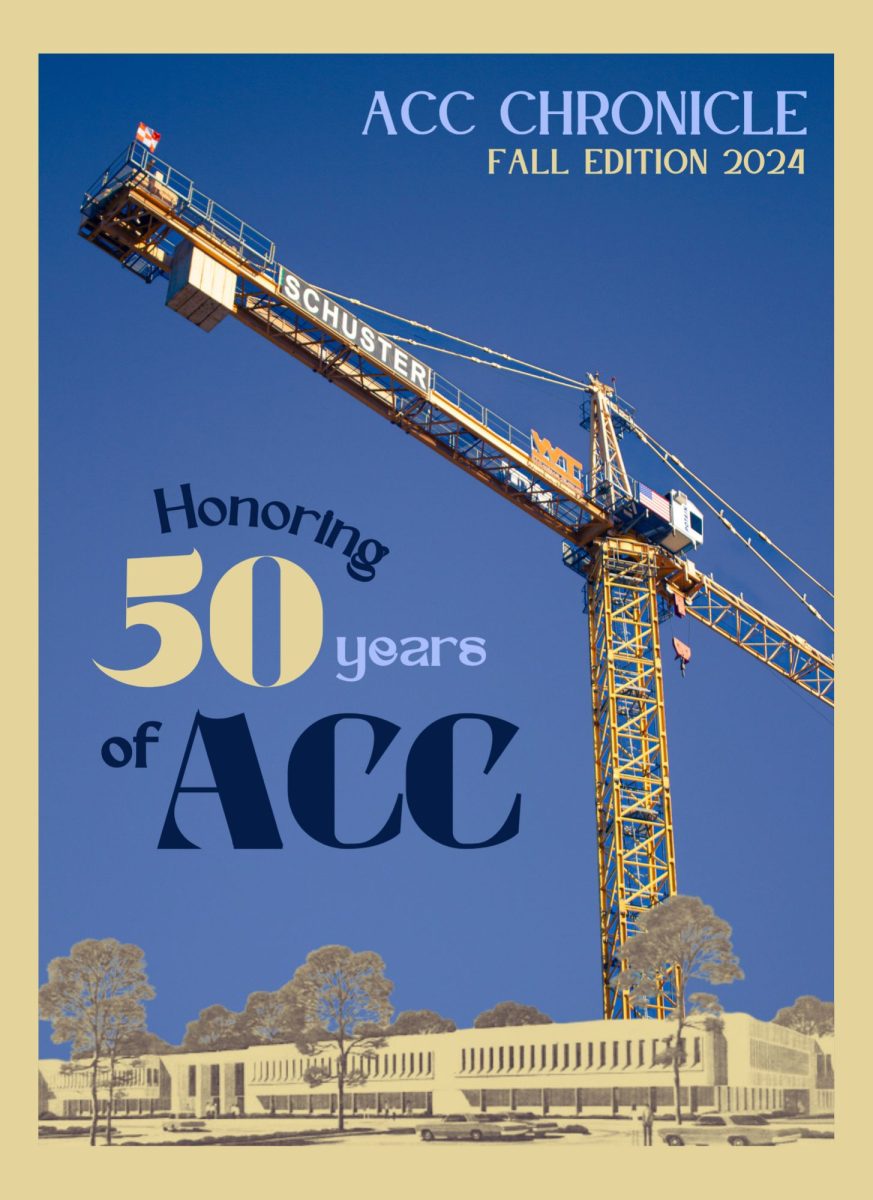Op-Ed: Equity in the College Admissions Process
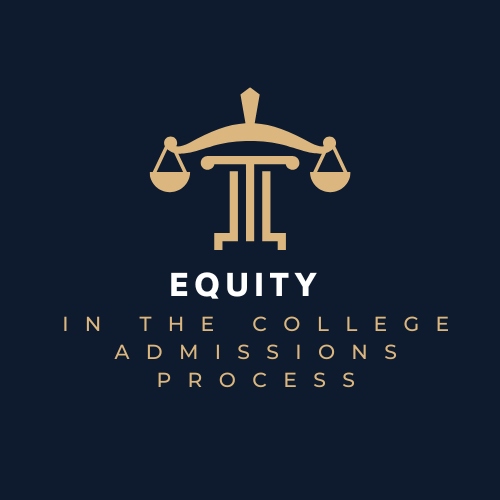
June 9, 2023
The college application process is hard for all students, but the process is inherently inequitable for low-income students who are disadvantaged in multiple ways, all of which affect their likelihood of applying and their odds of acceptance. College acceptance is based on a wide range of factors, including standardized tests. Low-income and marginalized students often score lower. For example, “students with family income of $100,000 or more are more than twice as likely as students with family income under $50,000 to have combined SAT test scores of 1400 to 1600.” Higher-income students often have access to tutors and other resources, resulting in higher scores. Plus, some low-income students have jobs to help support their family, leaving them with less time to study. There’s also a correlation between family income and student GPA. The University of Pennsylvania found that “family income is positively correlated with high school GPA and high school graduation rank” due to less access to tutors and resources. Students from higher-income families often receive academic assistance from private tutors, at great expense. This is not a commodity that all students can afford. Furthermore, legacy admissions–preferences given to students of families who previously attended a university–give students from high-income families a leg up. This leaves out students who are the first in their families to attend university. This creates an additional barrier for low-income students. Giving preference to students whose families have attended the university perpetuates a cycle of privilege that prevents students from low-income backgrounds from accessing the same opportunities as their more affluent peers. Two possible solutions would help address these issues. The first is to increase regulations on college admissions. There would be two primary regulations introduced: making standardized testing scores optional, and prohibiting legacy preference admission.
Low-income students tend to score lower on average on standardized tests. Cutting this requirement eliminates a barrier for low-income students. Plus, making tests optional would reduce the stress and improve mental health. There are some downsides. Universities could argue that stricter regulations would limit their ability to make admissions decisions. With optional testing, some argue that schools would have even less information about their applicants. Additionally, there would likely be pushback from individuals who stand to benefit from legacy preference admissions. Although their concerns are valid, the increase in equity would greatly outweigh these negatives. A second proposal is to build a national tutoring system for K-12 students. This is much harder to implement but could have enormous impacts on the state of education in the country. By addressing educational inequalities early on, this change would help level the playing field for low-income students and provide them with the tools they need to succeed academically and in the college application process. Such a large system would have large costs associated with it, and even after the initial implementation challenges, operating a large network of education professionals would be costly. This money would have to come from somewhere, either as budget cuts to other areas of the government, or an increase in taxes. Finally, there may be pushback from the private tutoring industry, as free tutoring would reduce the demand for their services. The college application process is inherently inequitable for low-income students. The lack of resources available to low-income students can impact their grades, test scores, and extracurricular activities, which are all crucial factors in the college application process. By increasing regulations on what metric colleges can use for admission, or introducing a national tutoring system, we can work to level the playing field and provide more equitable opportunities for all students.







